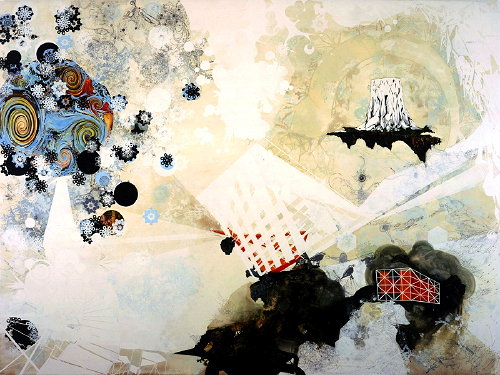
Tomas Vu
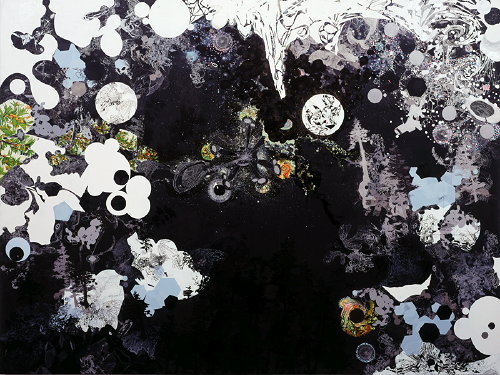
Tomas Vu
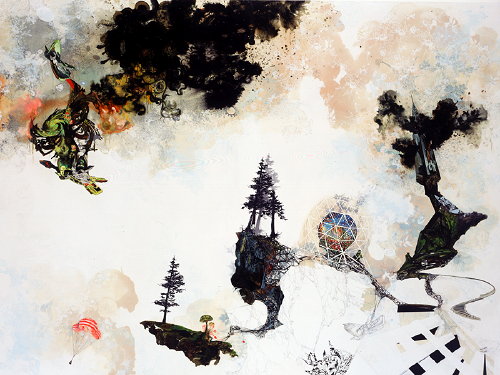
Tomas Vu
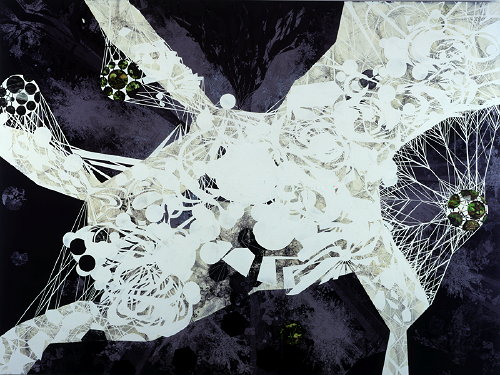
Tomas Vu
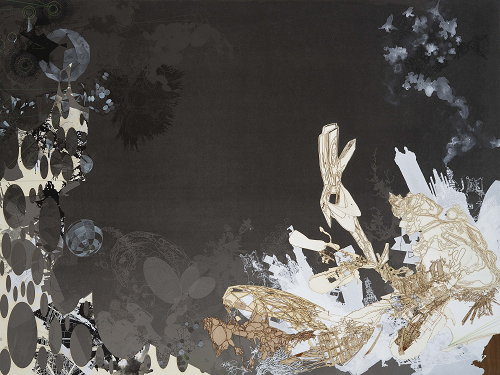
Tomas Vu
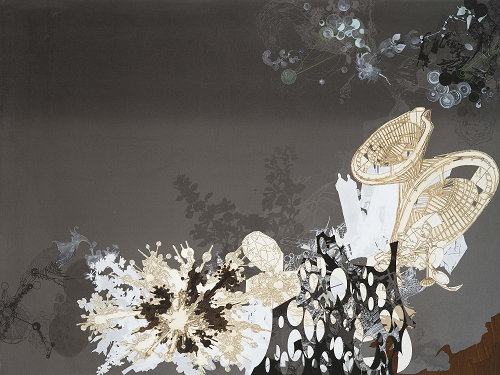
Tomas Vu
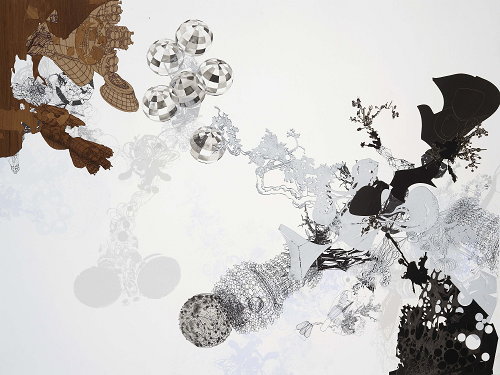
Tomas Vu
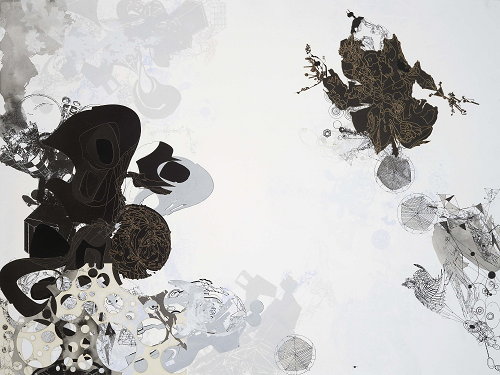
Tomas Vu
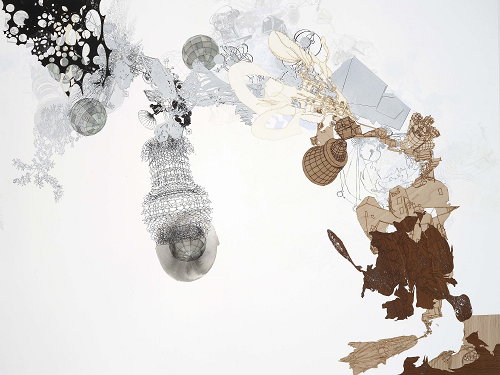
Tomas Vu
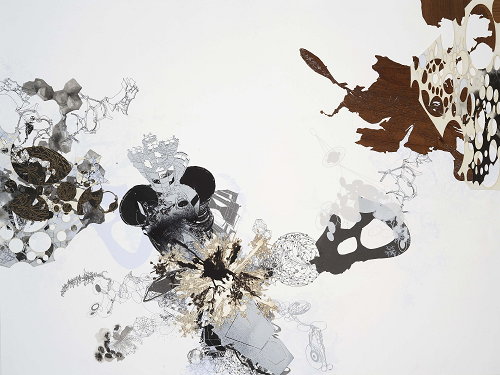
Tomas Vu
Tomas VuNew York
|
Tomas Vu
Tomas Vu
Tomas Vu
Tomas Vu
Tomas Vu
Tomas Vu
Tomas Vu
Tomas Vu
Tomas Vu
Tomas Vu |
|
Hope and dream in an eschatological vision of the world.
Tomas Vu received his B.F.A. from the University of Texas at El Paso, and M.F.A. from Yale University. He has exhibited in the U.S., Europe, and Asia. His work is part of the permanent collection of the New York Public Library and the Library of Congress as well as many private collections. He has received a New England Foundation for the Arts grant along with the Alice Kimball Travelling Fellowship. He has taught at Bennington College, Brandeis University, and Massachusetts College of Art and is a recipient of a Guggenheim Fellowship. He is presently the LeRoy Neiman Professor of Visual Arts at Columbia University as well as the artistic director of the Neiman Center for Print Studies. Being witness of two "mass-destructions", first in Vietnam as a child and later on 9-11, in New York as a young father, Tomas Vu deals mostly with the memory of conflicts and disasters and with the question whether the world will collapse or survive to its uncontrolled behaviors. His art is about a heritage to leave to the young people, how to propose a coherent vision of this incoherent world, how to give sense to absurdity. His work could be seen as a romantic view of the tragedy of war, but much more, we can see it as a post-modern version of Hieronymus Bosch's apocalyptic vision of The Garden of Earthly Delights: Hell, Purgatory, and Paradise. His research is an ongoing exploration into the supernatural, weird and unknown, where both abstract and figurative works are charged with disquieting energy. He reveals the unchained possibilities of dark imagery and each work possesses its own frightening beauty. It is a world unto itself that the viewer penetrates only slowly, freely. Back in 2006 he showed a first series named Black Ice. They portrayed an impossible space saturated with ambiguous and conflicting information. In his late body of work, Tomas Vu created a new cycle of three series - evoking the three worlds of Bosch - where Hell, Purgatory and Paradise will respectively appear in a black, grey and white dominant background. This ongoing cycle is built in such a way that no-one knows where it begins, where it will end… the planned installation of his paradigm, a huge ongoing circle presenting these three steps should reflect this evidence. Future is not written yet. Tomas Vu is both a master artist and a master printmaker. His paintings and works on paper consist of dense and multiple passages of colored line that create complex network structures and spatial relationships. Then, layers of silkscreen, paint, drawing and collage of wood and cardboards recall stratums of atmosphere, landscape, memory and time. A cosmos-like ambiance, deep and intense, between SF and dream; Sublime skies are illuminated from white dwarf explosions. Black holes, cosmic visions, remnants of industrial devices or ironworks combine with spatial vessels, galactic weapons and rockets. Once absorbed the dark and intense parts of the works, we plunge into a world of delicacy, subtleness and never ending discoveries. Subtle inclusions of vibrant colors illuminate some parts of the works and give them a secret delicacy and sensitiveness. Hope and softness show up in a lost world. Vu's body of work references artificial intelligence. Machines and plants merge into weird avatars and seem to become inseparable, either dangerous or dream-like entities. Nothing is imposed and the viewer can find his own way according to his belief, his own vision of the world to come. This work draws upon Hieronymus Bosch's vision as well as postmodern and poststructuralist ideas. We can feel Goya's influence and a deep understanding of the poetic world of Dante Alighieri in his "Divine Comedy". As a result, the density of VU's works relies both on the technique mastery as well as on the incredibly vivid inner universe of the artist and each work could deserve a lifetime of intimate and thorough exploration. Edith Herlemont-Lassiat
New York, may 2009 |